NASA Lucy spacecraft captures FIRST photos of its target, Jupiter trojan asteroids; Know what's next
The NASA Lucy spacecraft is headed for the Jupiter trojan asteroids. This is the first time it was able to capture photos of its targets which are located at three times the distance between Earth and the Sun.
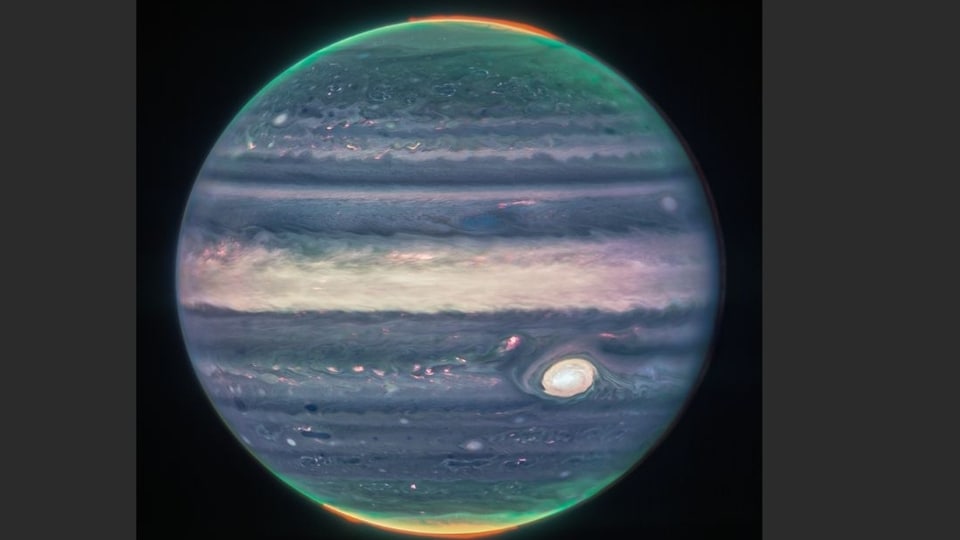
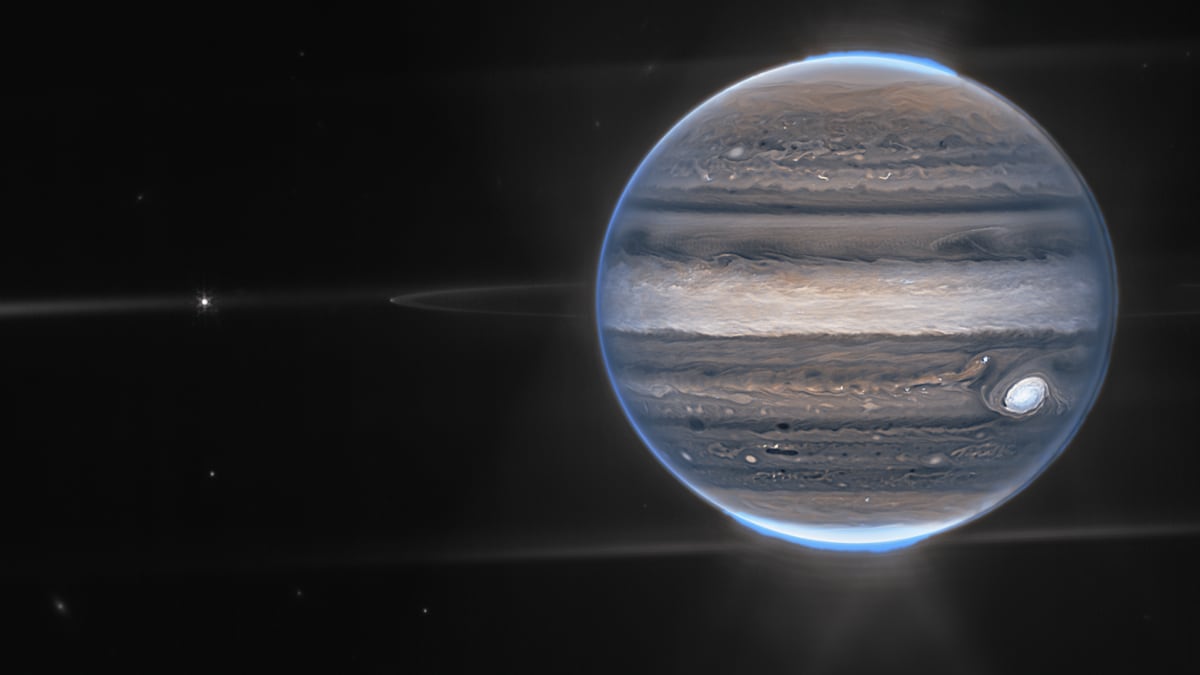
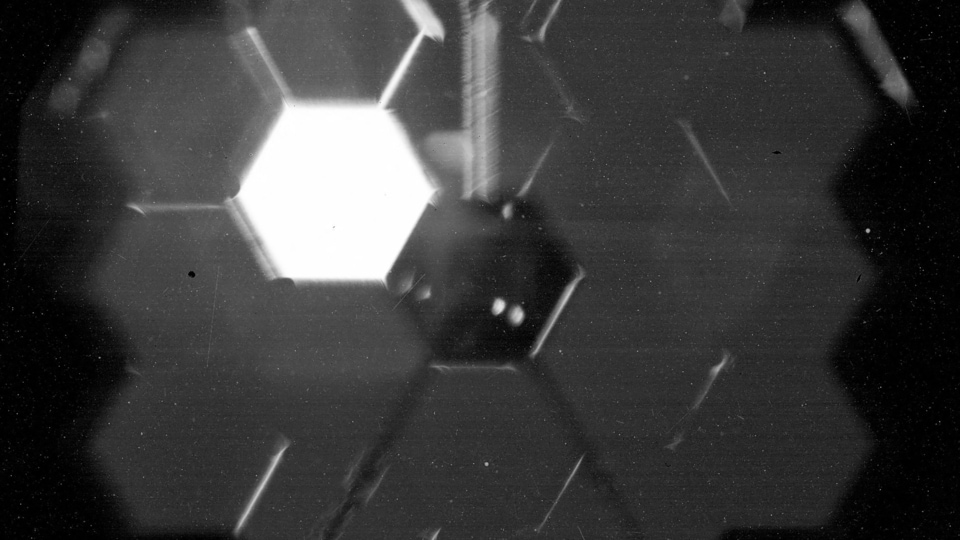
_1661230453587.jpg)
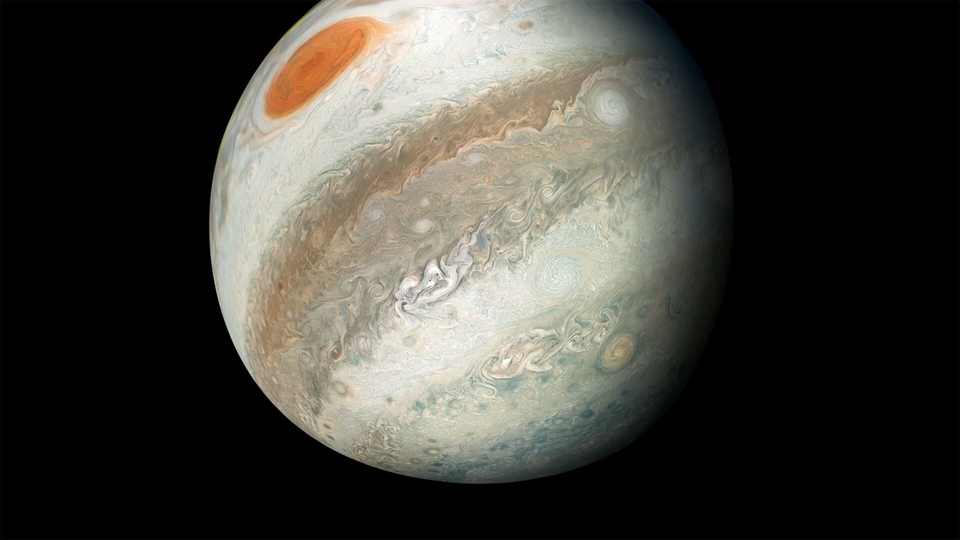
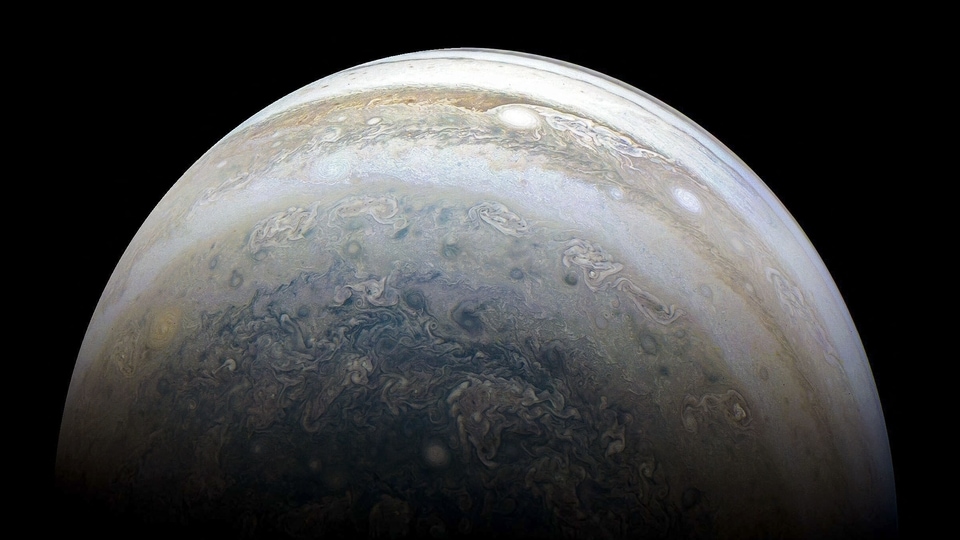
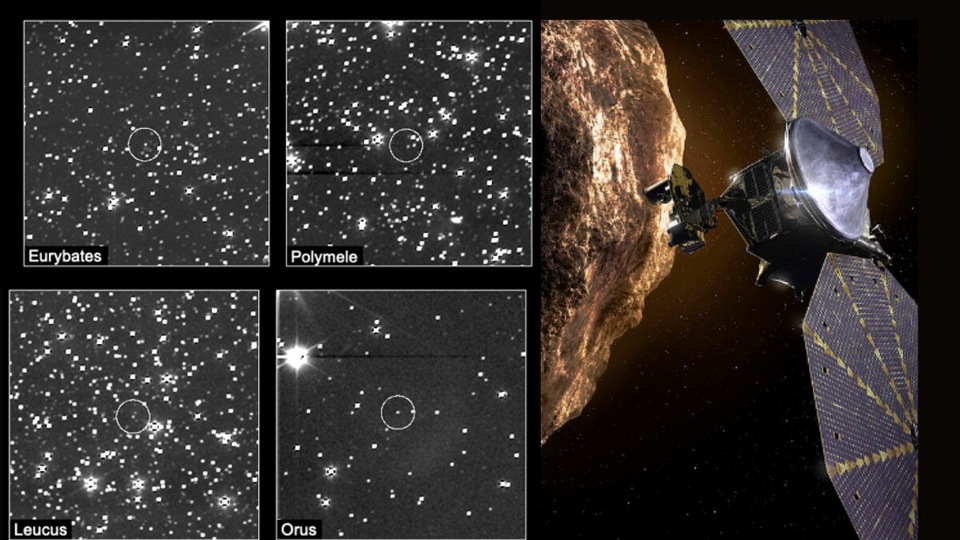
 View all Images
View all ImagesIt has been one and a half years since one of the most ambitious missions of NASA, Lucy, took off for the largest planet in our solar system. The unmanned spacecraft was sent on a 12-year journey to ten different asteroids with a focus towards the Jupiter trojans, a large group of asteroids that share the planet Jupiter's orbit around the Sun. This is the first time NASA has conducted a mission to study these far-off asteroids. And recently, it took pictures of its target asteroids for the first time ever.
According to a report by Space.com, Lucy spacecraft is still around 550 million kilometers away from the trojan asteroids. That is roughly three times the distance between the Earth and the Sun. Despite such a massive distance, it was able to take pictures of four of its eight targets, Eurybates, Polymele, Leucus, and Orus. The images were taken from L'LORI, the highest-resolution imager on the spacecraft.
Lucy sets its sight on the Jupiter trojan asteroids
NASA Lucy mission is historic for many reasons. But the most important among them is that, if successful, it will become the first spacecraft in history to visit so many different destinations in independent orbits around the sun.
The spacecraft will first make two flybys around the Earth to get the energy to reach six trojan asteroids between 2027 and 2028. They are Eurybates and its satellite Queta, Polymele and its moon, Leucus, and Orus.
After that, it will return to Earth for another gravity-assisted flyby that will give it the boost to visit a pair of gigantic asteroids called Patroclus-Menoetius. They are over 100 kilometers in width. In comparison, the largest asteroid from the first six is 68 kilometers in width.
The aim of this mission is to study the composition and structure of these asteroids. It is believed that they have been left untouched ever since the solar system was formed. As such, understanding them could help us understand how our very own planet was formed and transformed over a period of 4.6 billion years.
Catch all the Latest Tech News, Mobile News, Laptop News, Gaming news, Wearables News , How To News, also keep up with us on Whatsapp channel,Twitter, Facebook, Google News, and Instagram. For our latest videos, subscribe to our YouTube channel.































